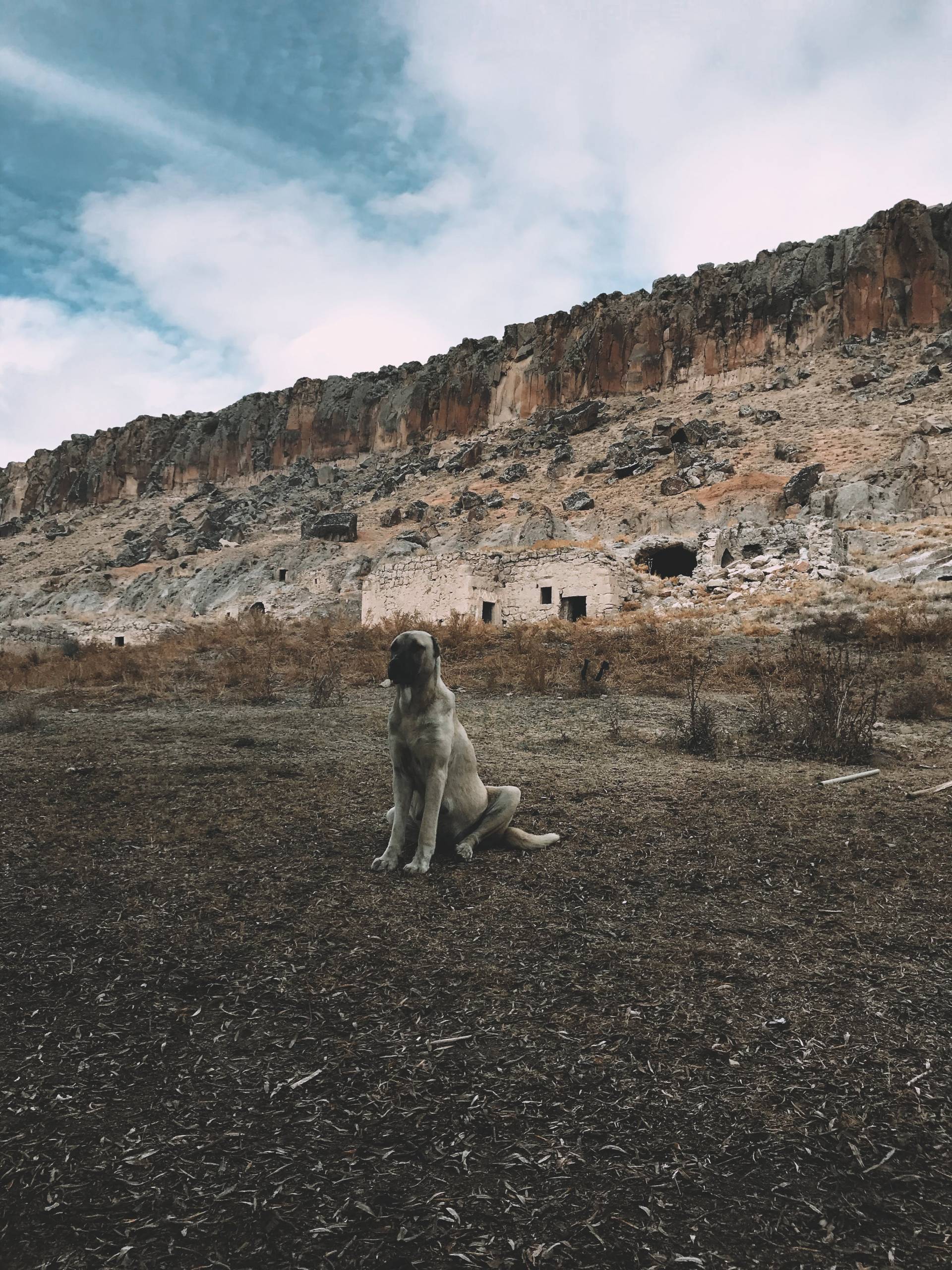
Understanding the Heat Cycle
The heat cycle, also known as estrus, is a regular physiological process in female dogs, marking their fertility. This cycle typically occurs every 6 to 8 months, but it can vary based on breed and individual differences. It’s essential to recognize the signs to ensure proper care and to avoid any unwanted pregnancies.
Physical Signs
When a dog is in heat, there are noticeable physical changes. One of the first signs is swelling of the vulva, followed by a bloody discharge. This discharge can be a clear indicator that your dog has entered the proestrus stage, the initial phase of the heat cycle, which can last for around 9 days. Understanding and being attentive to these physical changes is crucial in recognizing when your dog is in heat.
Behavioral Changes
Apart from physical signs, behavioral changes are also common when a dog is in heat. Female dogs may display restlessness and increased urination and may attract male dogs due to the pheromones they release. Some dogs may become more affectionate, while others may appear more irritable or anxious. Understanding and acknowledging these behavioral changes can help you provide the necessary support and care during this time.
The Heat Cycle Phases
The heat cycle in dogs typically progresses through four stages: proestrus, estrus, diestrus, and anestrus. Proestrus is characterized by the aforementioned physical changes, while estrus follows, during which female dogs are receptive to mating. Diestrus is a period of sexual inactivity, and anestrus is a resting phase. Recognizing these phases can help you anticipate your dog’s needs and behaviors as they go through the heat cycle.
Supporting Your Dog
When you recognize that your dog is in heat, it’s important to provide the right care and support. Ensuring they are comfortable and safe, especially when outside, is crucial. This may involve keeping them on a leash and away from male dogs while on walks. Additionally, monitoring their behavior and providing extra attention and comfort can help alleviate any stress or discomfort they may experience during this time.
Consulting a Veterinarian
If you have any concerns or questions about your dog’s heat cycle, it’s always best to consult with a veterinarian. They can provide professional guidance tailored to your dog’s specific needs and circumstances. They may also discuss options such as spaying to prevent heat cycles and manage your dog’s reproductive health.
In conclusion, understanding when a dog is in heat is an important aspect of responsible pet ownership. By recognizing the physical and behavioral changes, understanding the heat cycle phases, and providing the necessary care and support, you can ensure that your dog remains healthy and comfortable throughout this natural process. Paying attention to your dog’s needs and behaviors during this time is a demonstration of your commitment to their well-being and happiness.
[/fusion_text]



